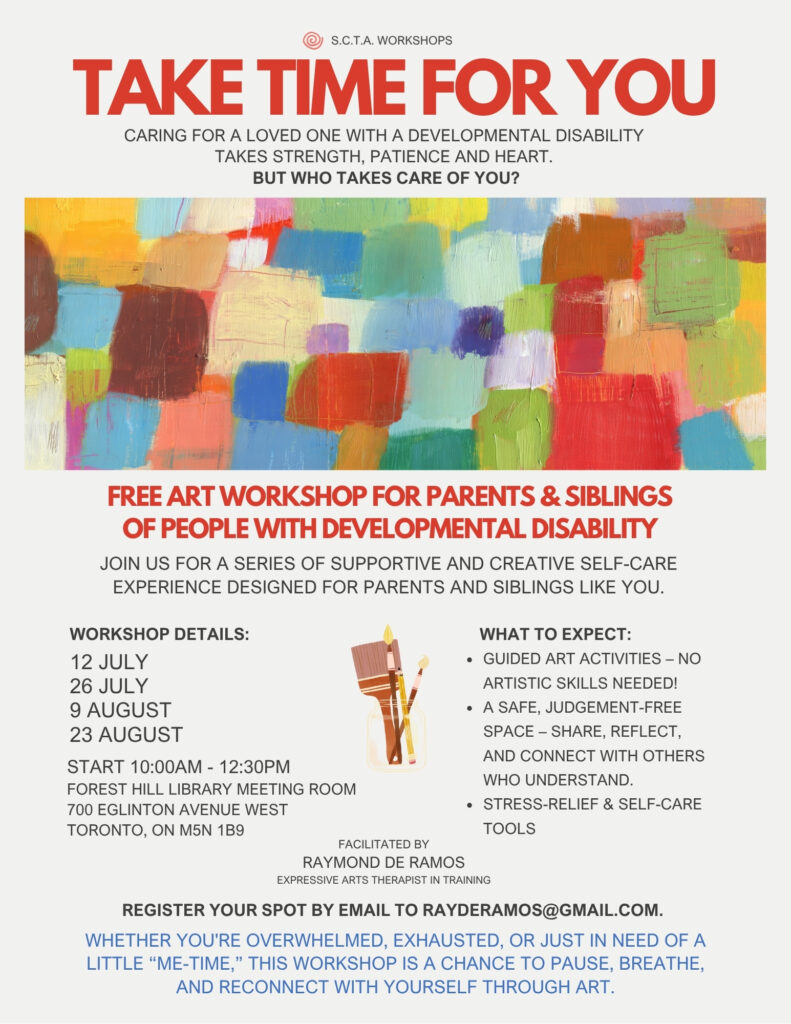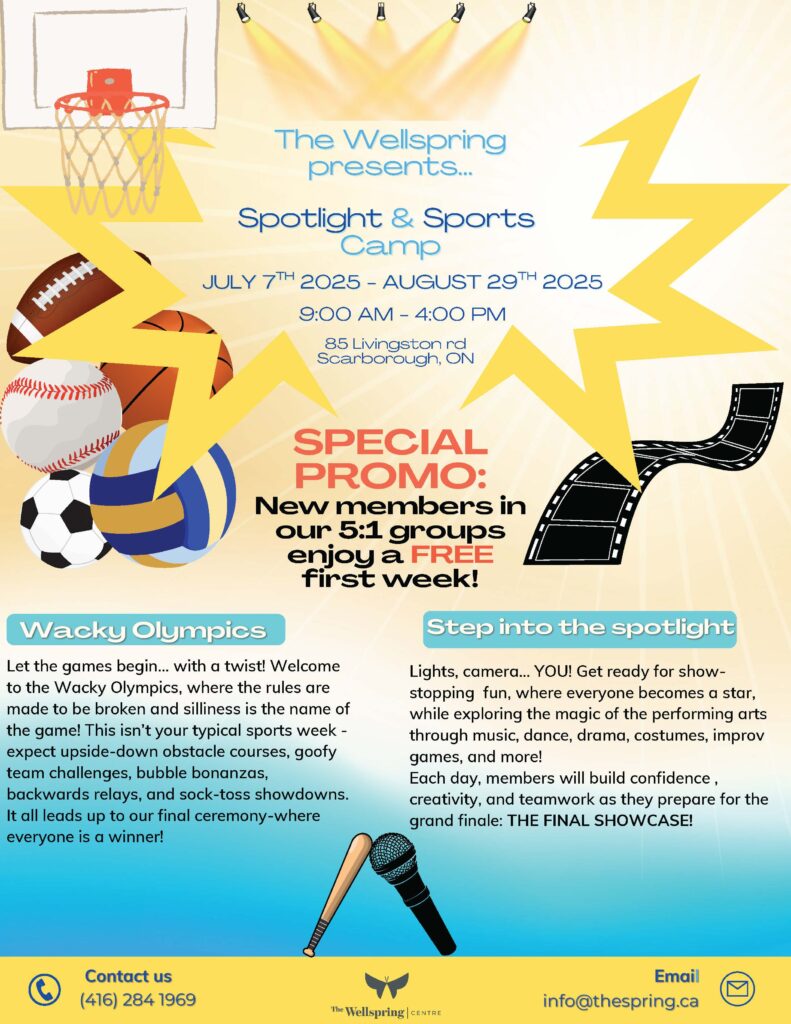8-week Employment and Summer Camp Program, which we’re incredibly excited about. It’s designed to be both supportive and transformative. We guide each member through:
- Resume development that highlights strengths and unique abilities
- Mock interviews to build communication and confidence
- Time management & goal setting workshops
- Workplace readiness training, including professional etiquette and problem-solving
- Job matching with supportive employers for real-world exposure
- Ongoing mentorship throughout placements
Beyond employment support, our program offers days filled with purpose-driven adventures and hands-on learning:
- A community garden that fosters responsibility, sustainability, and teamwork
- A life skills track focusing on budgeting, transportation, healthy routines, cooking for self or others and independent living
- A cooking program that teaches meal prep, nutrition, and kitchen safety
- An upcoming personal shopping program (launching this fall!) to promote decision-making and social interaction
- And of course, opportunities for creativity, movement, and fun every single day
We’re located in the west end of Toronto — close to Hwy 427, 401, and QEW, and fully accessible via public transit and Wheel-Trans. We’re excited to welcome members from across the surrounding regions.
See flyers for more information






